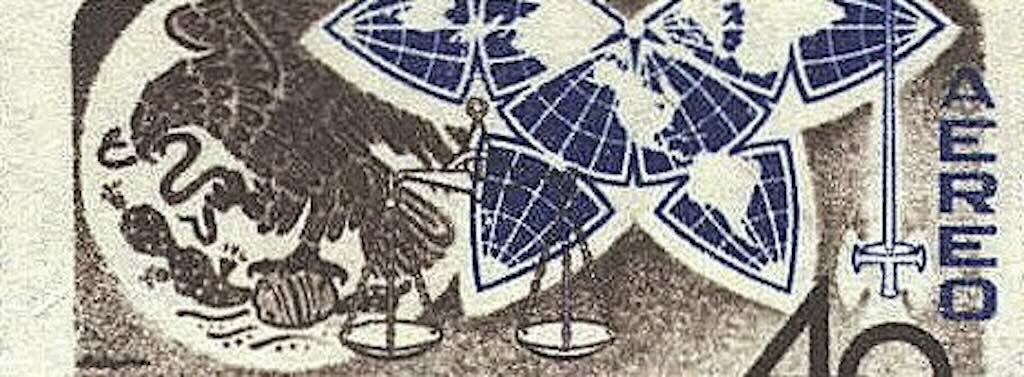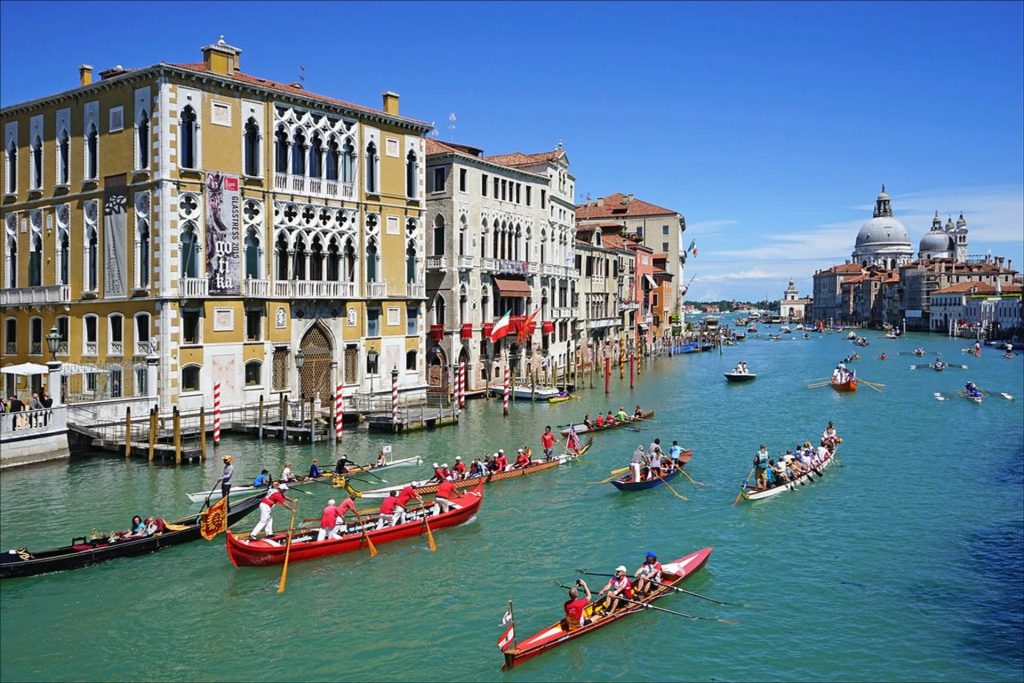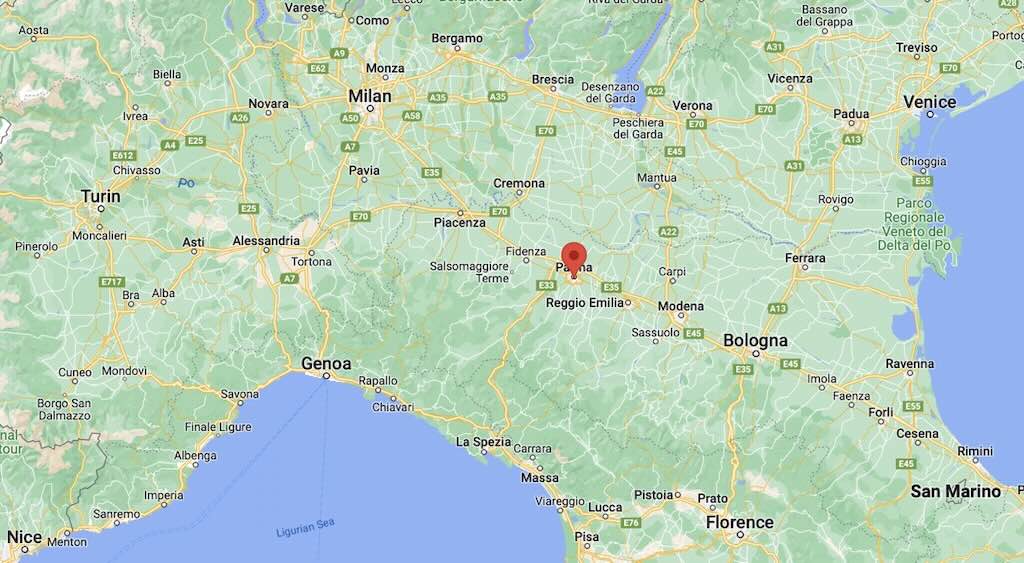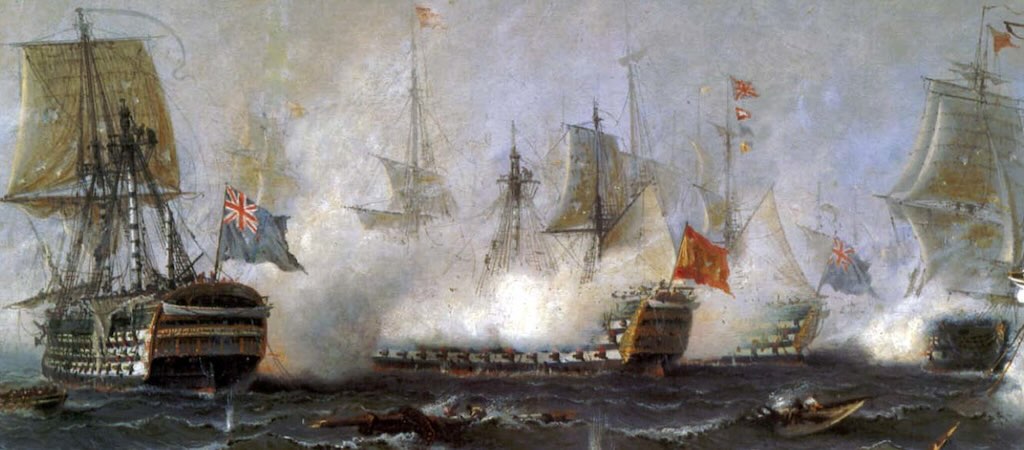When trying to arrange my old collection of stamps I decided to buy on eBay old albums and stock books, usually not paying more than a few € each (in most cases the postal cost exceeded the purchase cost). I was perfectly aware that they would have been scanned first to remove all “valuable” or interesting stamps, but I was just trying to fill gaps and keep my mind active whilst looking after my wife in a care home.
But what actually intrigued me was buying old albums created by youngsters, much like the albums I had created up to the age of 14 or so. Many of the albums were in poor condition, but this did not detract from the enjoyment they gave me.
I would like to mention the names I found in those albums, so that their efforts will not be totally forgotten:-
- Herbert. W. Robertson, from Edinburgh, who received an album from his father R.W.Robertson in June 1897
- F.A.Chandler from Leytonstone in East London
- George Dalton Davies from St Davids in Pembrokeshire (dated 1936)
- Renate Isenmann from Hannover-Waldhausen
- Yvonne from Oxford
- Daniel Adam Walker
- Pamela
- Micha, Ostern 1987
Introduction
The Penny Black, the world’s first adhesive postage stamp used in a public postal system, was first issued in the United Kingdom on 1 May 1840. At that time there were 164 sovereign states, as compared to 206 today. Of those 206 sovereign states around three-quarters have changed in some way. Those changes are reflected in the history of postage stamps.
Trying to arrange my collection of stamps, I was immediately hit by country names I did not recognise, or only vaguely knew. Did I know where those countries were physically located, and what their names were today? Not sure!
The first commercial stamp album was printed and distributed in 1862 by Justine Lallier and was available in England and France.
I have a small stamp album produced by Edwin Healey & Co., dating to the 1890’s, which for classification purposes listed 235 place names (past and present) that I presume could figure on a stamp at that time.
I also have a small “ACE” stamp album that lists 331 place names, past and present. It included the United Nations, so I presume it’s post-1945.
The Stanley Gibbons Trans World album, edition 1994 lists more than 700 different place names that have issued stamps at one time or another.
I’ve read that the most up to date list of all possible places that issue, or once issued, stamps now approached 900.
A “grumpy old man” complaint… I have a number of old albums with identification tables and maps, and I’ve also an old copy of the “XLCR” Stamp Finder, but only a couple have a date, so its difficult to know their period of validity. I even contacted Stanley Gibbons to ask for the published date for some of their album editions. I asked when was the 19th edition and the 27th edition of The Strand stamp album published, but they couldn’t tell me.
Europe 1840
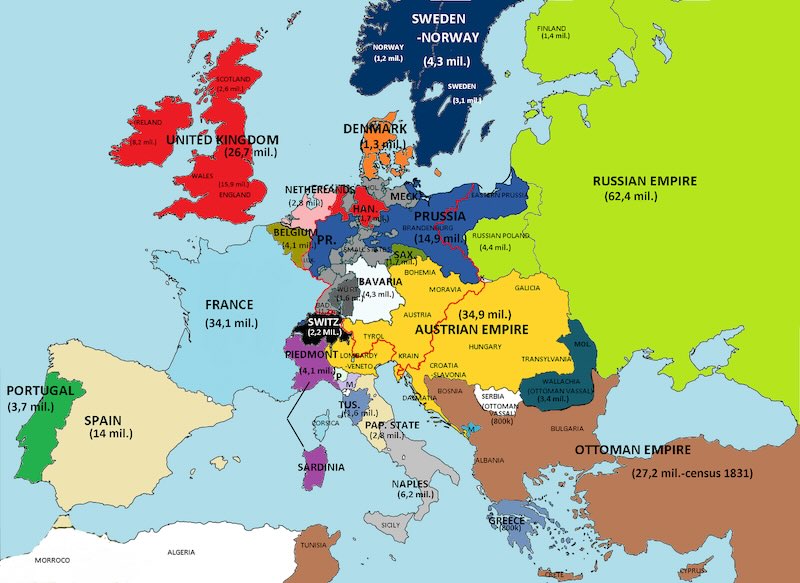
Above we have the a map of Europe in 1840, the year the Penny Black was issued.
According to this excellent article, even though no major revolutions occurred during the 1830s and 1840s, these two decades in Europe witnessed unrest, tension, instability, and repression. Major economic changes took place as well, particularly in France but also in the rest of Europe. Increasing industrialisation created a proletariat that had few rights, that had to work under abominable conditions, and finally turned toward revolutionary socialism. During the 1840s, as well, an economic downturn and famines and near-famines (particularly in Ireland and Germany) helped create the conditions that would produce a great revolutionary wave that rolled over the continent in 1848.
In fact between 1840 and 1900 Europe would see the French Revolution of 1848, the unifications of Italy (17 March 1861), Germany (18 August 1866), and the Austro-Hungarian Empire (8 June 1867). Along with the appearance of Romania (3 March 1878), the Principality of Bulgaria (3 March 1878) and the Kingdom of Serbia (6 March 1882).
Stamp Album of Edward A. Oppen (1863)
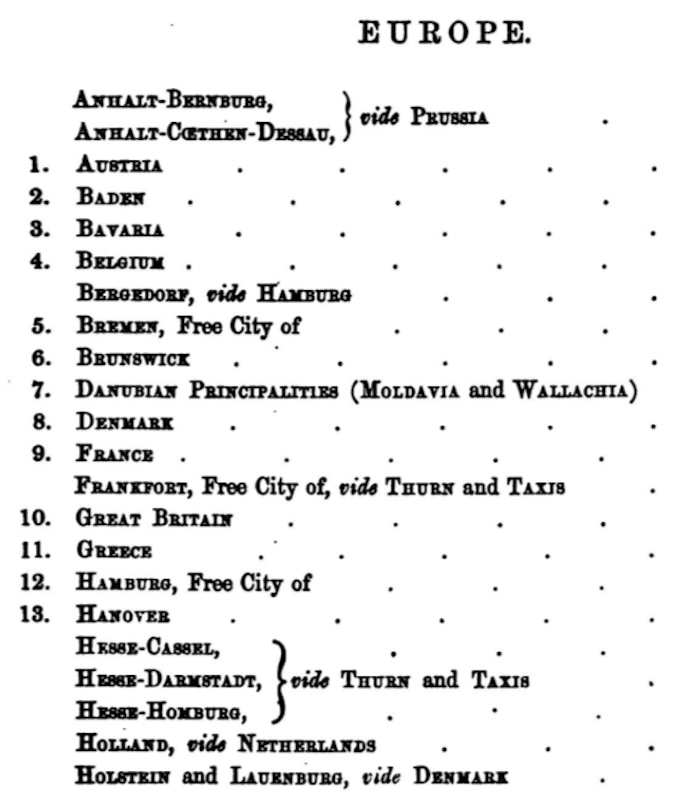
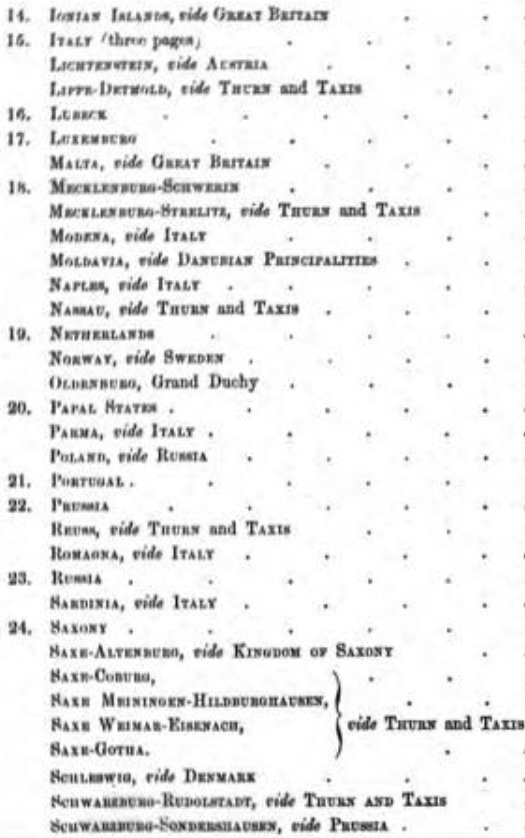
Above and below we have the list of issuing states in the stamp album of Edward S. Oppen, published in 1863. Sorry about the quality of the image, but the original scan was not perfect.
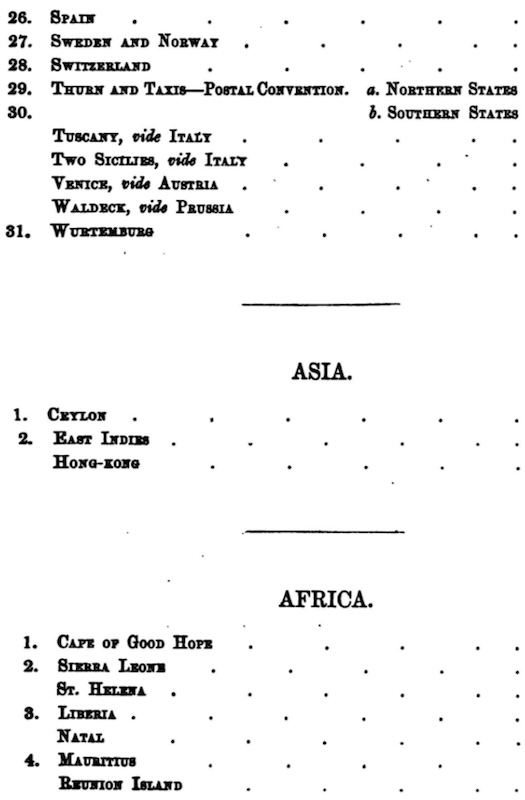
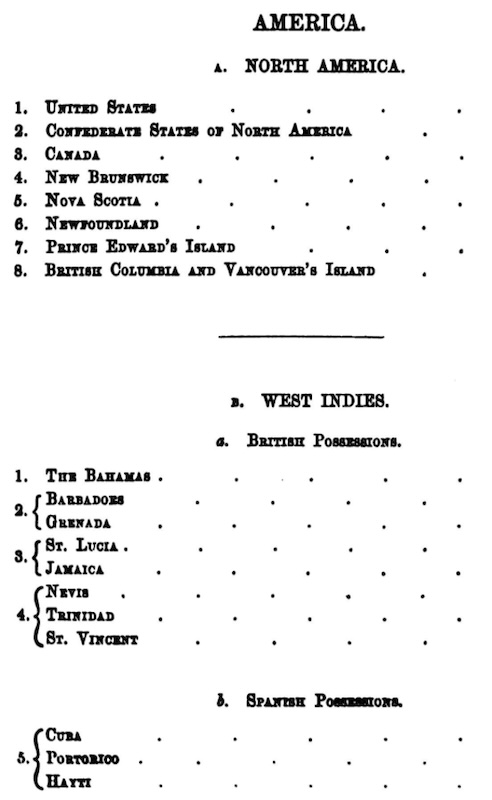
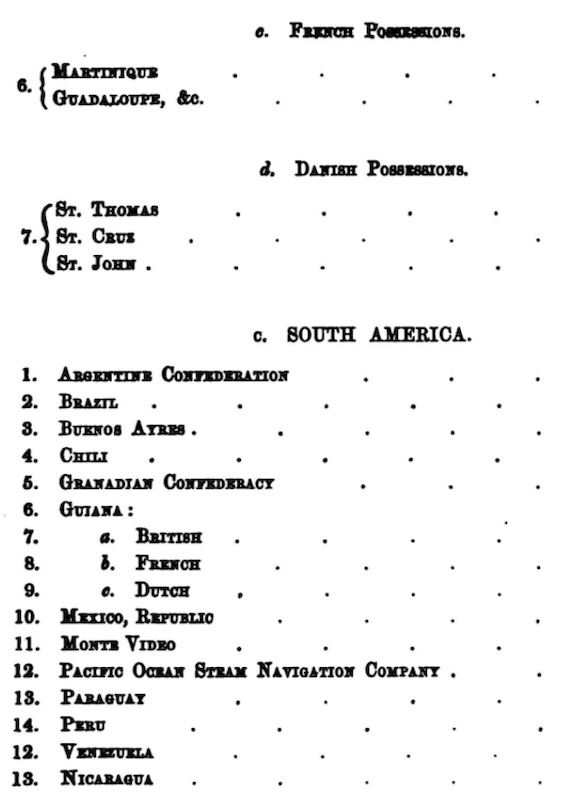
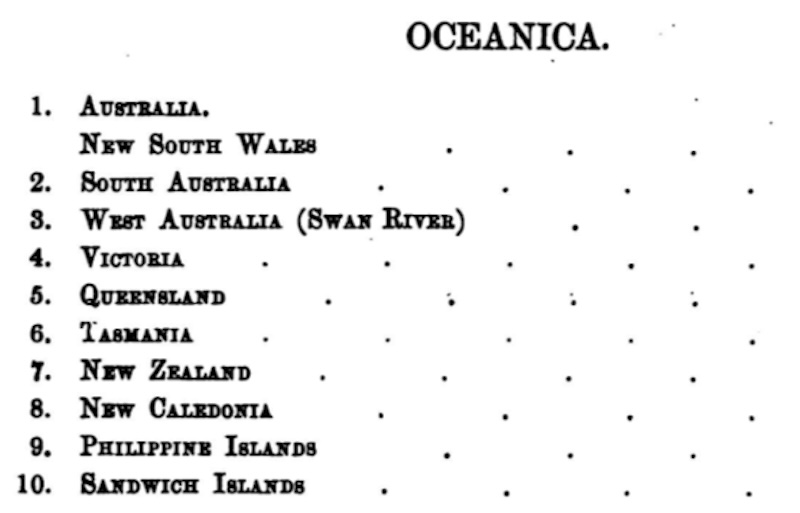
The Royal Postal Stamp Album 1890s
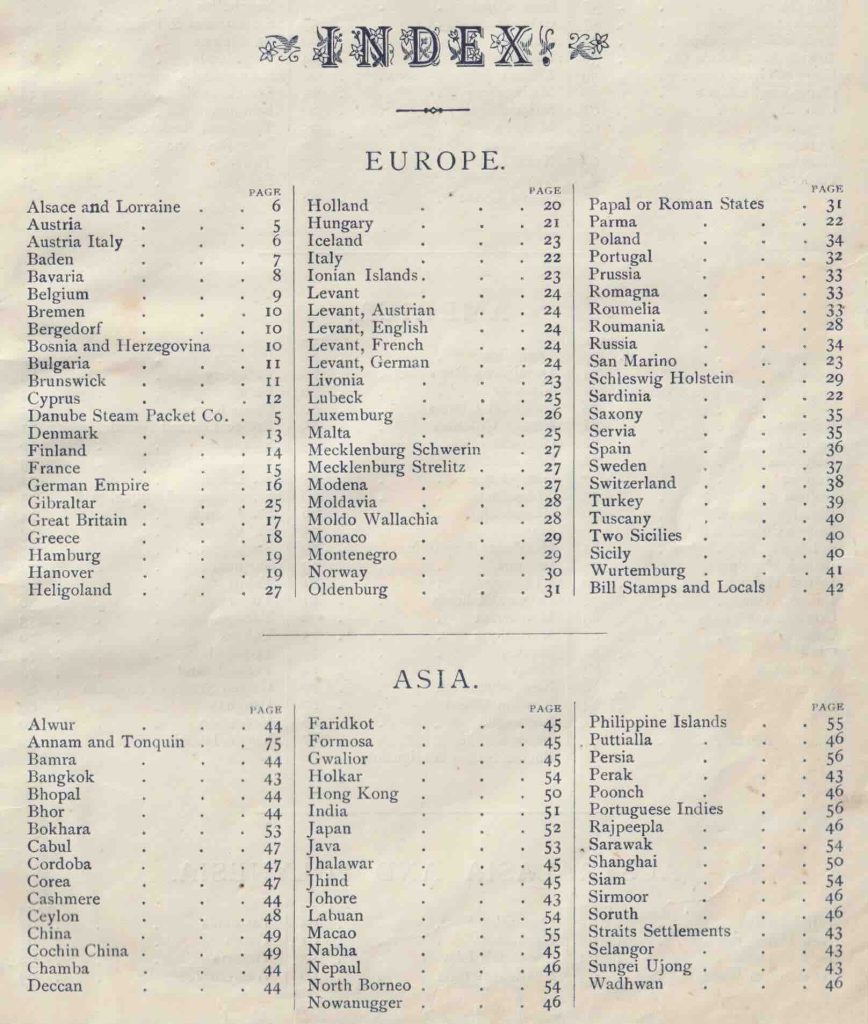
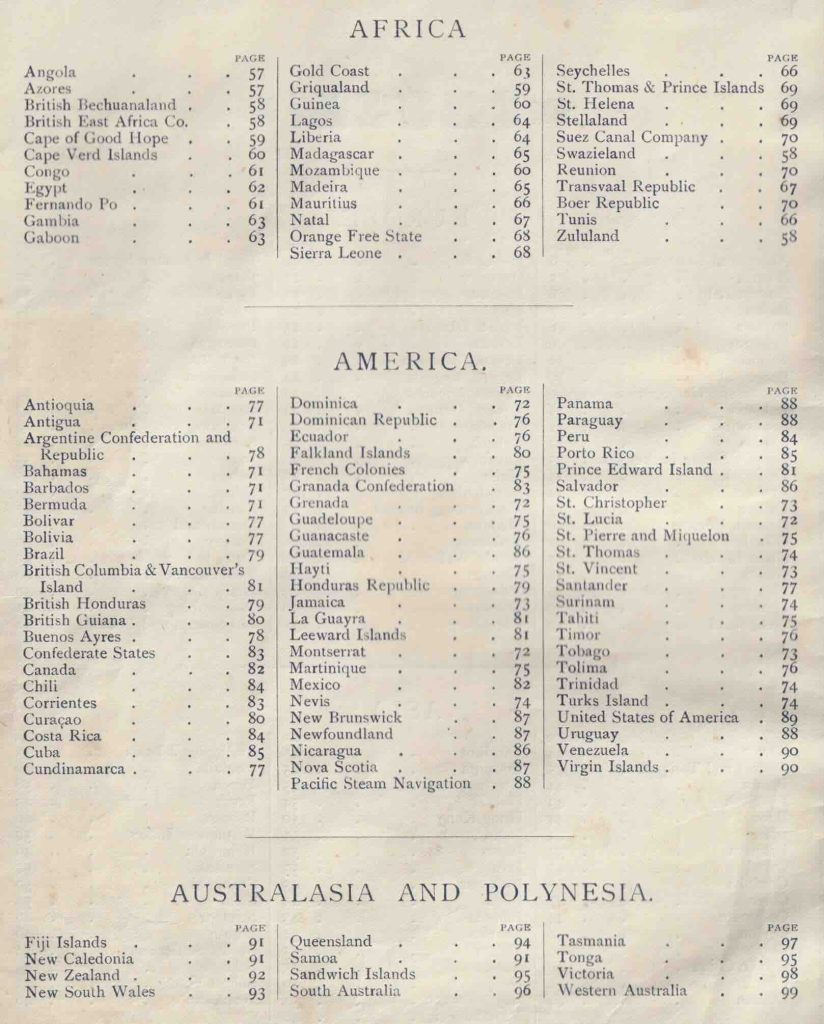
Above we have the country index of a stamp album ca. 1890s. We start to see a lot more names that we can recognise, but the list is still peppered with names from the past.
The ACE Album of the late-1940s
My version of this album did not have an index, however it was still peppered with (to me) unknowns, such a Basutoland, Antioquia, Fiume, Inini, Marienwerder, Aitutaki, Cape Juby, Fernando Poo, etc.
Organising by country name
Immediately the question arises, how to organise a collection of stamps. You can see albums simply organised alphabetically, and those organised alphabetically, but continent by continent. But the problem is that some countries have changed names, merges, split, and dissolved only to reappear years later.
Some people will follow the naming and ordering practices of one of the big stamp catalogue companies, e.g. the Scott catalogue, the Michel catalog, Stanley Gibbons, etc. This is by country and chronologically by issue date.
There is a problem with alphabetic ordering. The example often given is Malayan states which would be distributed across lots of different albums, or the problems dealing with the North German Confederation, then the ‘Reich’, Post WW I and WW II issues, BRD, DDR then finally current Germany (united). Are these distributed across different albums and stock books, or brought together?
This particular reference included a discussion of grouping according to regions, and has some very useful maps. Again there is no perfect solution, with one person keeping all the former Yugoslav republics together under Yugoslavia, whilst someone else would break them up. Then the problem is that some of the Yugoslav states issued their own stamps prior to Yugoslavia becoming a union, and then again after it was dissolved. The question is how to maintain a timeline through the periods?
The Smithsonian National Postal Museum publishes a blank album called “A Stamp for Every Country“. There is a space for almost 800 stamps, or one from every country in the world that has produced stamps, including many countries that no longer exist. The museum has an interactive map showing a stamp for every country. I’m not sure why it presented the countries in German to me, or why the Penny Black is situated on the border with Scotland.
Stamp Smarter also has a free “A Stamp for Every Country” album, but with a different format.
Some collectors grouped countries by their colonial status, e.g. ex-British, ex-French, etc. colonies, and have separate collections for when they became interdependent.
Increasingly collectors appear to prefer to focus on a few counties, e.g. one collector mentioned only US and United Nations. Another mentioned just collecting Victoria, Ceres, Napoleon, and Leopold I, and yet another just British Commonwealth. One “sensible” collector offered his view. He collects Canada, Greenland, Iceland, Faroe Islands, Luxembourg, Germany (Empire, West, Federal only.), and Tuvalu & Hutt River Province Principality. The rest is collected alphabetical in a couple binders, largely based upon “what catches my eye”.
Some other collectors build thematic albums, e.g. flowers, animals, cars, trains, etc. I’ve read that some collectors keep country by country collection, but also have a database of all their stamps tagged by theme. The themes can be extended to keywords such as “wild” (for wild animals), “endangered”, or for colours (e.g. “blue sky”), or even emotions. So you could have a stamp with two tags, e.g. “baby” and “sympathy”.
Other collectors focus on airmails, tax stamps, post offices abroad, military occupation, or cancellation marks, etc.
I saw someone mention organising by country then by stamp size, ignoring date of issue. Another focussed on stamps showing how inflation evolved between the two world wars. Yet others will focus on the printer, number issued, the value as mint or used, etc.
Some collectors use the stamps as a way to learn new things about history, geography, printing, etc. And some collectors are really very focussed, e.g. triangular stamps from Iceland. Another focused on a specific type of watermark, another on a specific cancellation.
The only thing to remember is that detailed cataloging can take more time than initially envisaged, and be surprisingly expensive.
